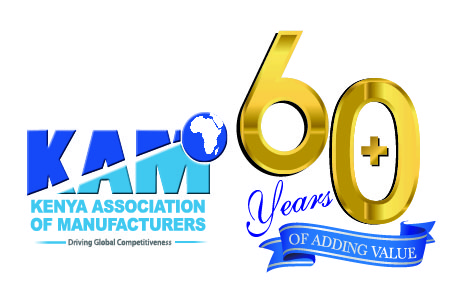Why We Need to Strengthen Trade Ties in the EAC
By Phyllis Wakiaga
A study released by the Kenya Association of Manufacturers last month stated that Africa continues to be Kenya’s leading export destination accounting for 40.6 per cent of our exports, with the EAC community taking up 21.1 per cent of total exports in 2016. This means that our exports to the EAC accounted for slightly more than half of the total exports in Africa. However, our total export earnings last year decreased by 4.0 per cent and this could be explained by a decrease to exports in Uganda and Rwanda by 9.3 and 2.5 per cent respectively.
In the past five years, we have witnessed the growth of our EAC neighbours through their efforts to industrialize and grow their economies. Kenya which has always been a trailblazer in this regard in the region, has now, at best stagnated and at worst, as I have mentioned above, lost its footing in some areas. This is a sign that we need to act fast if we want to remain a beacon and a notable investment hub in Africa. There is an urgent need to start channelling our focus towards diversifying and growing our exports in order to secure our markets.
AFDB have cited that intra African trade has decreased from 18% in 2000 to 15% in 2015. Whilst in markets like the EU, most member states have two or three of their regional partners who account for over 50% of their intra EU exports. With these statistics, it apparent that EAC countries have not fully harnessed the opportunities offered by the EAC market and this has by and large been attributed to trade barriers, both regulatory and institutional.
The entry of cheap imports into the region has also eroded the competitiveness of products in the region, taking up a large share of our markets. For this reason, we need to tighten existing ties with our EAC allies and consequently, bank on our shared identities and interests to negotiate better market access for our priority products under the EAC industrialisation Policy.
A good case in point is the recent trade disruption between Kenya and Tanzania, which resulted in huge losses for the two countries. Tanzania is the number 6 export market for Kenyan products and also one of the fastest growing economies in the EAC. Kenya is the number 2 export market for Tanzania.
There is a lot of economic potential to be harnessed through our successful bi-lateral trade, and it not only stands to benefit each country but also the region at large. Last week, Kenya and Tanzania resolved to address the concerns raised and to constantly engage in regular bilateral meetings with a view to ease the flow of goods and services across our borders. The team from Kenya, led by the Ministry of Industry, Trade and Cooperatives, also incorporated the business community to support in providing technical expertise towards enhancing current trade ties and establishing a framework that seeks to eliminate barriers (both Tariff and Non- tariff) towards a sustainable long-term agreement.
The National Trade Policy launched in June this year, is also another notable effort by Kenya to look into matters of regional integration, through the promotion of policies in this regard in the medium term plan for our economic development. This move was a recognition on the important role that export markets play in Kenya’s vision to industrialize and achieve sustainable growth. Exports are a key driver of wealth creation and growth of local jobs. By being able to access more markets regionally and internationally, our local industries can expand guaranteeing the thriving of related value-chains in the country, and hence the circulation of money within the economy.
This will ensure that our local goods cannot only compete with imports from other countries, but also secure our existing and potential markets. This needs to be our number one priority in the development and execution of trade policies which includes developing incentives to promote growth at producer, processing, marketing and distribution levels. As we do this, we should also be in touch with the region’s industrialization goals to ensure that we form sturdy linkages across borders that will guarantee access and mutually beneficial agreements in the future. We are already doing this by improving on our infrastructure but these efforts should be supplemented with the will to sustain current trade ties.
For East Africa to move up the global value chain, we must first strengthen our regional value chains by building and cementing our existing alliances. Africa exports $500 million in raw cotton each year, but it also imports processed cotton to the value of $4 billion, this definitely presents an opportunity for EAC especially since we have pointed to this as a priority sector in the EAC Industrialisation Policy.
Many such opportunities exist but we must build our local industries’ capacity to meet the demands of regional markets and guarantee sustainable positive trade relations in the continent and globally.
Looking for elevation? KAM lifts you up.
- Direct technical assistance
- Capacity building programmes
- Networking and mentorship
- Industry insights & analysis
- Trade & export development services
